Backyard Renovation with Native Plants
I discovered native plants just in time for my backyard renovation. After living in an urban condo for years, I moved to Oregon and finally had a backyard of my own. I hired a professional landscaper who created a stunning design with beautiful ornamental plants – arbor vitae, holly, crepe myrtle, magnolia, and a lush lawn. I was about to break ground with my contractor, when I first heard about replacing lawns with native plants to save money and help the environment on the ‘bring back the natives’ garden channel on YouTube.
Native plants are adapted to our climate, our soils, and our pests, so need little water or maintenance and can be quite attractive. But it was a talk by Doug Tallamy that really changed my perspective.
I learned that wild birds are dependent on insects for protein to raise their young, even if they usually eat seeds or nectar. Native insects, in turn, need native plants. Plants have strong defenses to avoid being eaten. Oftentimes, only native insects that have co-evolved with that plant over millennia are able to consume it, unlocking its energy for the food chain.
I looked at my new landscape design and saw that every plant was an exotic plant that would support few native insects and thus few native birds. The plants were not adapted to our winter rains and summer droughts, and would need to be watered, fertilized, and pest-controlled. Instead of creating yet another wasteful and high-maintenance dead zone, I became determined to use local native plants for my new yard.
My contractor frowned at the idea of using native plants: He wouldn’t be able to find them; if he found them, they wouldn’t grow; and if they grew they wouldn’t look good. Undeterred, I started studying up and devised my own planting plan. I replaced emerald green arborvitae with pacific wax myrtle, holly with Oregon grape, crepe myrtle with cascara, and little gem magnolia with pacific rhododendron. Instead of grass sod, I used western yarrow that can be mowed and walked on just like a lawn. For the herbaceous border, I replaced knockout roses with the native baldhip rose, shasta daisies with sea daisies, star jasmine with native pink honeysuckle, and on and on. As a new gardener, it was much easier to choose from a short list of native plants than from thousands of ornamental species from across the globe and their endless variations. Sourcing the natives was not easy. Local nurseries didn’t have them or if they did, I couldn’t trust that they were authentically native. When I asked, I got a lot of blank looks and shoulder shrugs. If you are trying to source native plants, you can find options on Marion SWCD’s conservation directory or at their upcoming plant sale.
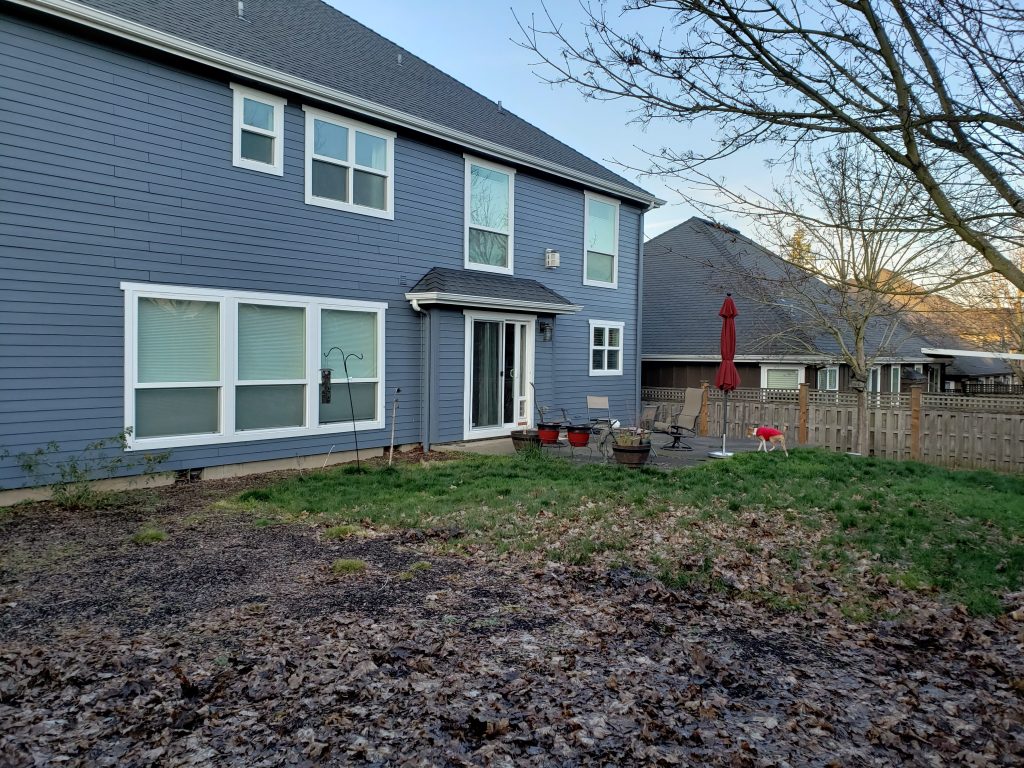
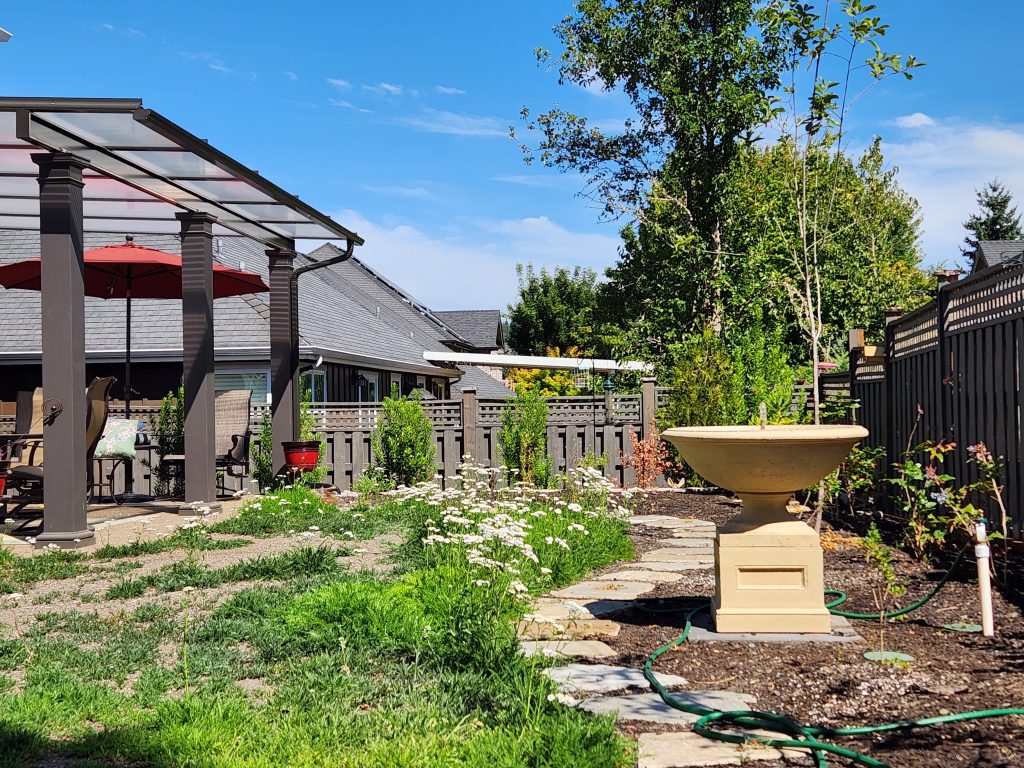
My garden is only ten months old, but so far the native plants have been growing just fine. In fact, several that I thought were dead ended up coming back to life. I was sure my yarrow lawn was going to be a dud after waiting for weeks and weeks for the seeds to sprout. But then it suddenly flourished into a lush bright green ground cover, and yes, it mowed beautifully. The birds and dogs loved the yarrow lawn so much that I decided to let it grow tall into a meadow of white and green. When it was backlit by sunshine, I could see a swirling cloud of small insects. Now instead of lamenting insects, I get excited. When I see bites out of my leaves I know it must be a real native plant, the insects are eating it! I’m glad I pushed back on using herbicide to kill the lawn – totally unnecessary if using yarrow, as it outcompeted the grass by a mile. Weed fabric and plastic lawn edging also have not been missed at all. One of my biggest thrills was to see a hummingbird prefer my native fringecup flowers over the feeder I had hanging right above it.
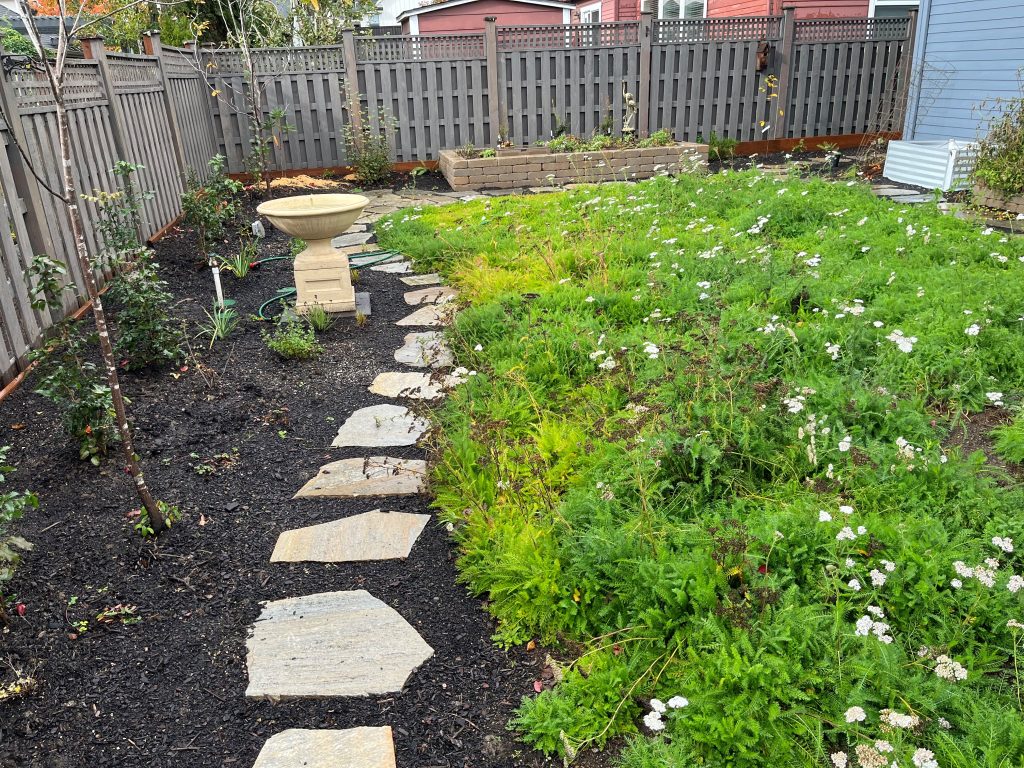
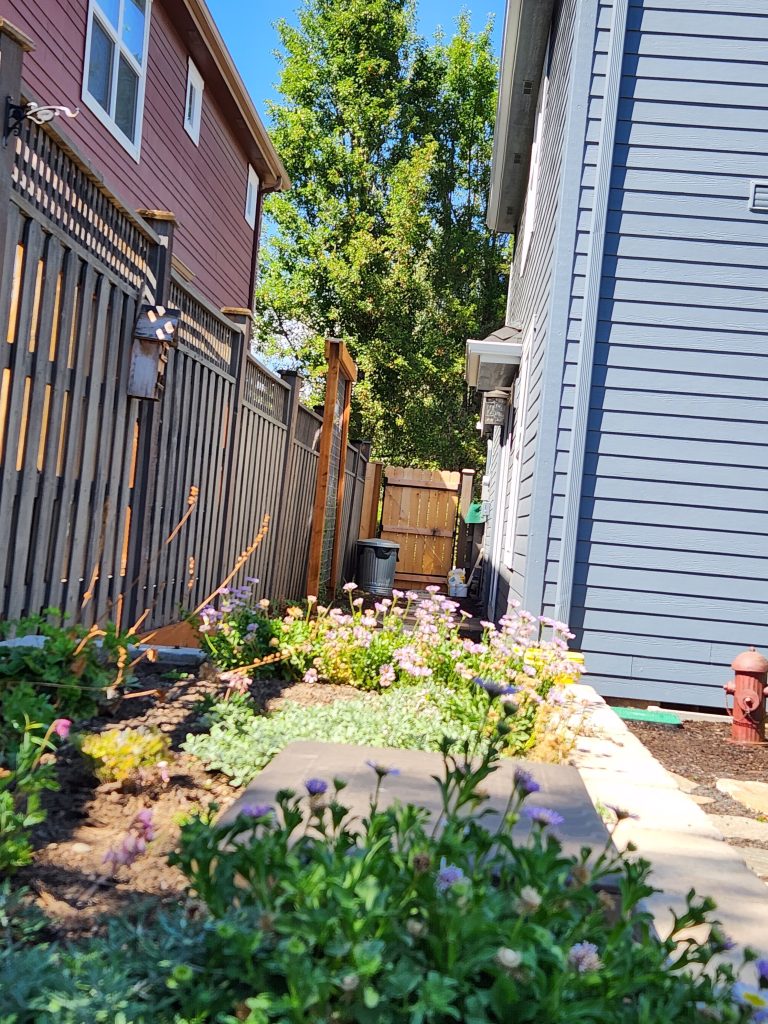
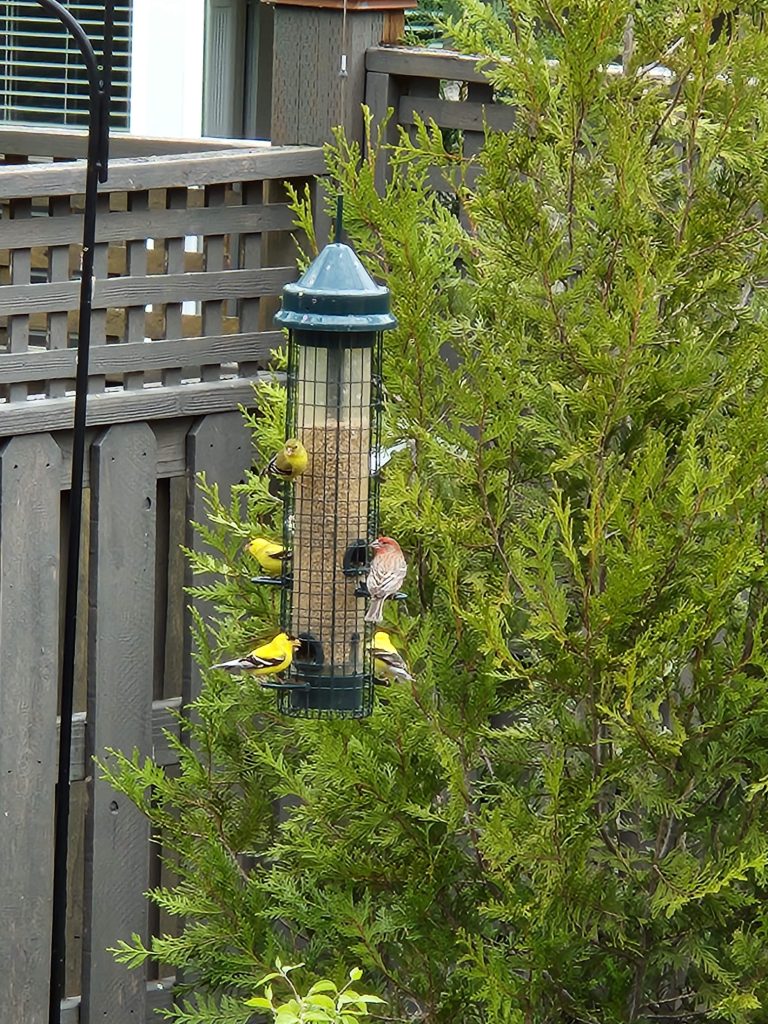
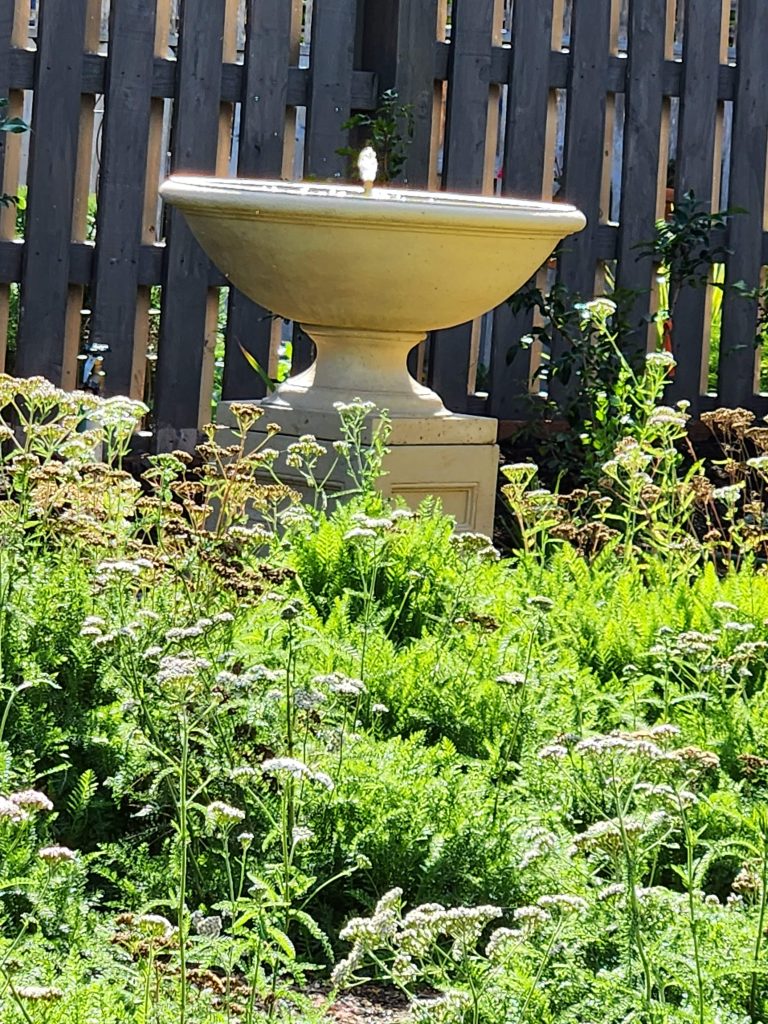
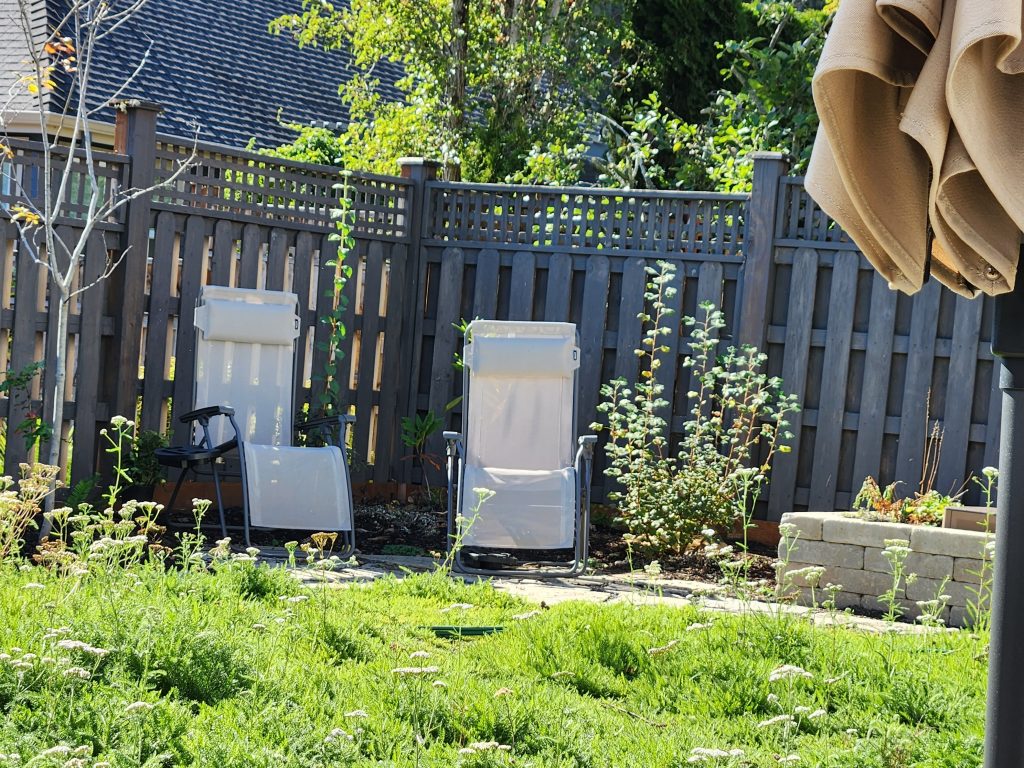
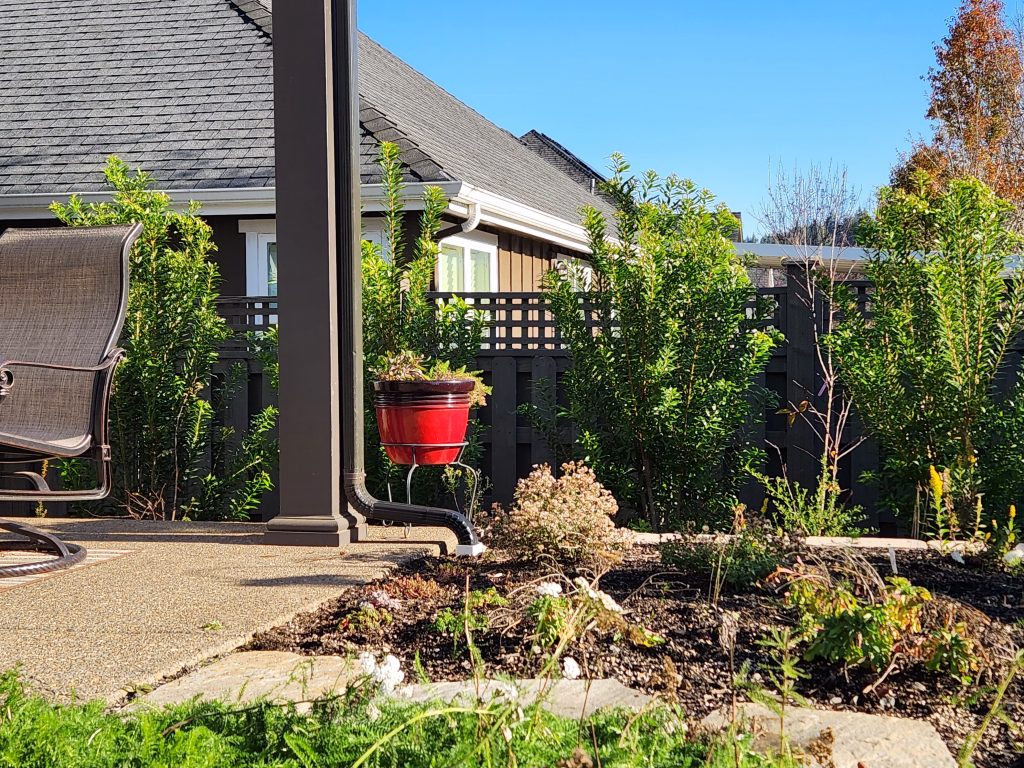
I am so happy that Marion Soil & Water Conservation has started the Little Habitat program. I found native plant enthusiasts in Portland and Seattle, but I felt alone here in Salem. Now we have our own program to support us! I hope it motivates many more people around me and we begin to build corridors of habitat to give our insects and birds a chance for survival. Someday I hope there will be a Marion County native plant garden tour, and maybe even a YouTube channel. 🙂
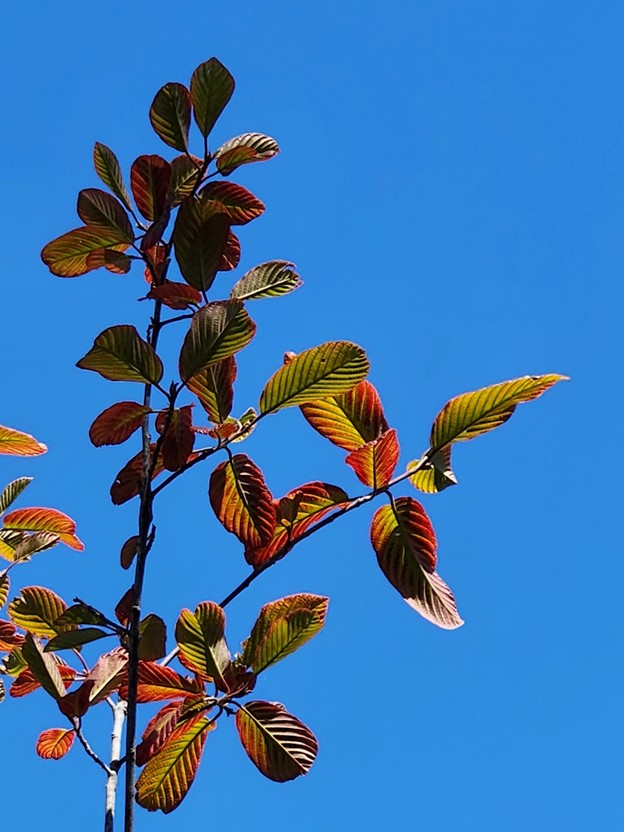
About the Author

Bonny Brown recently retired to Oregon from a career in research, leading consumer insight teams at Intuit, eBay, PayPal, and Chegg Inc. She holds a PhD in Social Psychology from Stanford University, and is interested in changing consumer behavior to better support the environment, specifically native plant gardens and zero-waste living.
